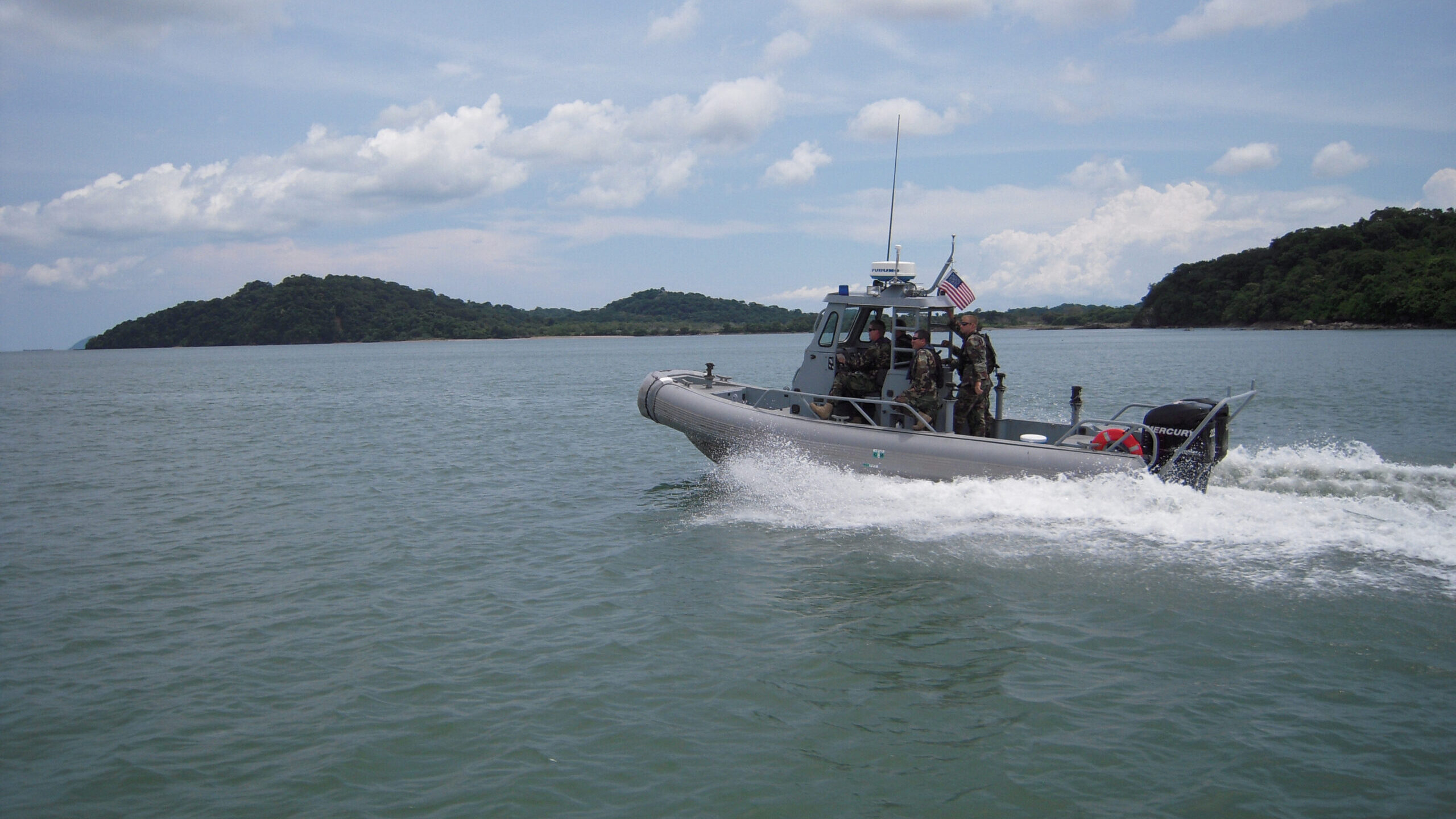
PANAMAX is a multinational exercise to enhance regional cooperation and the ability of participating nations to respond to threats to the Panama Canal and plan for a major humanitarian assistance and disaster relief events in the region. (Photo by Lt. Andrew Gerla)
WASHINGTON: A bipartisan chorus of lawmakers today raised the alarm on increasing Chinese influence in an area of the world that, by their own admission, is often ignored by both Pennsylvania Avenue and Capitol Hill: South America.
“We are not paying attention to this region. We’re not paying attention to them in diplomatic circles. We’re not paying sufficient attention to them in terms of vaccine distribution,” said Sen. Tim Kaine, D-Va. “We’re not paying attention to them in the military area, but other nations, especially China, are paying a lot of attention. And I think we should do better.”
Kaine’s remarks came during a hearing with the commanders of US Northern Command and US Southern Command on the state of their respective areas of responsibility. Gen. Laura Richardson, the SOUTHCOM chief, who took up her post as a combatant commander only a few months ago, fielded a variety of questions from lawmakers about China’s interest in Latin America.
Sen. Tom Cotton, R-Ark., asked Richardson about Chinese activities in and around the Panama Canal, which he characterized as “striking.”
“When you enter or exit [the canal] — and on either side — you have Chinese state-owned enterprises,” said Richardson, adding that those facilities can be “dual use,” meaning for civilian or military purposes.
The four-star Army general said the Chinese have initiated 29 port projects in 17 countries, an approach she said is “very methodically thought out.”
“I worry about the access they get in there under the guise of infrastructure and looking like they’re helping economies when they’re really not,” she said.
The Panama Canal is critically important to the United States because it connects the Atlantic and Pacific Oceans together. Most vessels transiting it are either heading to or from the United States, which conducts about $740 billion in trade with Latin America and the Caribbean.
Sen. Joni Ernst, R-Iowa, said former US Southern Command chief Adm. Craig Faller characterized Latin America as “our own neighborhood.”
“There are days that I truly worry that our posture remains very reactive at best and on certain days weak at worst — and that’s not due to you,” she said. “It’s because we have many, whether it stems all the way from Pennsylvania Avenue all the way here, we just don’t give enough attention to our own neighborhood.”
In response to questions from Kaine, Richardson described some operational exercises SOUTHCOM conducts with countries in South America, at least one of which, PANAMAX, is explicitly focused on defending the Panama Canal. She also described a military education program in which the US brings officers from countries in the region to study at US military institutions.
Historical budgets for the exercises come in at around $120 million per year, while the military education program costs approximately $13 million annually.
“These are both relatively small investments in SOUTHCOM,” said Kaine, adding that lawmakers expect to receive the president’s new budget request next week. “I’m just going to suggest to my committee colleagues: watch this space… Look at the dollars in these two accounts to SOUTHCOM. I have a grave concern that challenges elsewhere in the world are going to take these de minimis investments and shrink them even more.”
Major trends and takeaways from the Defense Department’s Unfunded Priority Lists
Mark Cancian and Chris Park of CSIS break down what is in this year’s unfunded priority lists and what they say about the state of the US military.


























